健康のために考えながら食事をしたのに、栄養素やミネラルの吸収を妨げるものも摂っていたと知ったらショック!以前geefeeでも特集した「反栄養素(アンチニュートリエント: antinutrient)」。カラダに良いといわれている野菜などの食物には、同時にその吸収を阻害する物質が存在することがあります。害虫などから身を守るための植物の防御機能ともいわれています。
【関連記事】「意外な食べ物にも含まれている?避けるべき4つの反栄養素」
これら反栄養素による健康への悪影響は個人差があるものの、やはり摂らないに越したことはありません。でも栄養豊富な野菜を食べないというのでは本末転倒。そこで、ちょっとした調理の工夫で野菜の反栄養素を減らす方法を伝授します!
こんなにある、野菜に潜む反栄養素たち!!
1. フィチン酸塩(フィチン酸)
日本食の定番、おなじみの玄米や米ぬか、大豆、ゴマ、麦のフスマ、アーモンド、ピーナッツ、ブラジルナッツなどの穀物、種子、豆類やナッツに多く含まれます。食事からの鉄部や亜鉛、マグネシウム、カルシウムの吸収を阻害します[#]Schlemmer U, Frølich W, Prieto RM and Grases F. Phytate in foods and significance for humans: food sources, intake, processing, bioavailability, protective role and analysis. Molecular nutrition & food research. 2009; 53(S2): S330-S375. 。
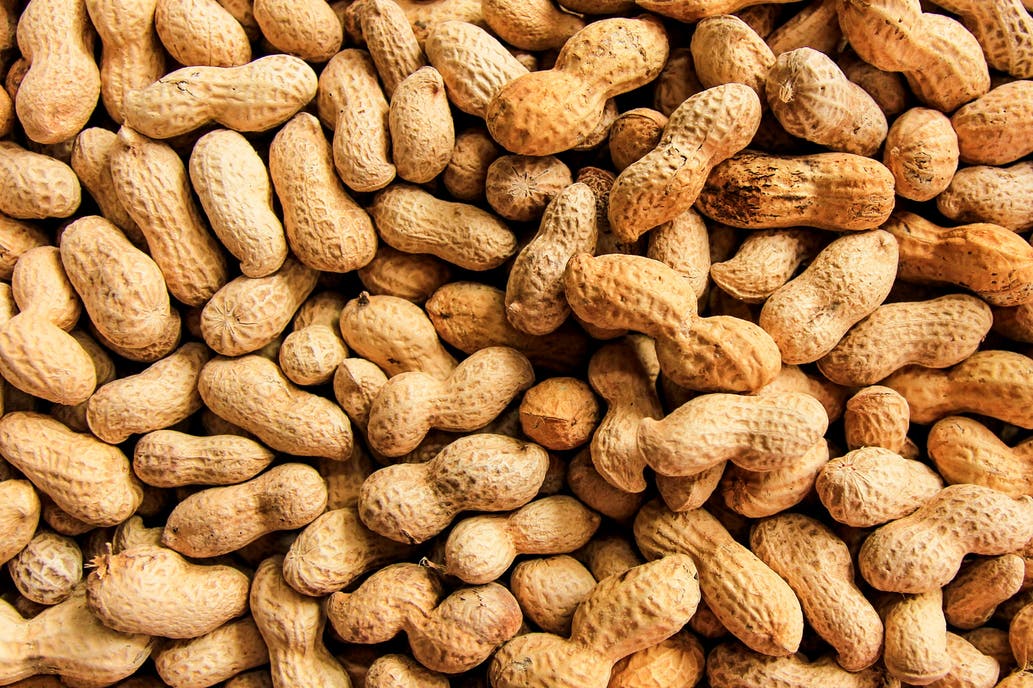
2.タンニン
タンニンとは「渋さ」をもたらすカテキンのことで、お茶・赤ワイン・柿などに含まれます。ポリフェノール類に属し、抗がん作用や異常細胞の抑制、殺菌作用、自己免疫機能の改善など多くの効果が明らかにされています。しかし、摂りすぎで消化酵素の働きを抑制し、タンパク質の吸収やビタミン、ミネラルの活用を阻害してしまいます[#]Chung KT, Wei CI and Johnson MG. Are tannins a double-edged sword in biology and health?. Trends in Food Science & Technology. 1998; 9(4): 168-175. 。
3.レクチン
小麦、大豆、エンドウ豆、ピーナッツ、ジャガイモ、トマト、ナス、ホウレンソウなどに多く含まれていますが、ほぼ全ての植物に様々な種類のレクチンが多かれ少なかれ含まれています。よく耳にする「グルテン」もレクチンの一種。個人差がありますが、レクチンは腸内の表面を傷つけ炎症を助長することがあります。ミネラルなどの栄養素の吸収を阻害するだけでなく、リーガーキット症候群の原因の一つといわれており、アレルギーやリューマチなどの自己免疫疾患をはじめ、多くの深刻な慢性病の根本原因ではないかと疑われています [#]Vasconcelos IM and Oliveira JTA. Antinutritional properties of plant lectins. Toxicon. 2004; 44(4): 385-403. [#]Nachbar MS and Oppenheim JD. Lectins in the United States diet: a survey of lectins in commonly consumed foods and a review of the literature. The American journal of clinical nutrition. 1980; 33(11): 2338-2345. 。
4.シュウ酸カルシウム
アブラナ科(ラディッシュ、カリフラワー、ブロッコリー、ケール)の野菜、ほうれん草、豆類、ナッツに含まれ、カルシウムと結びついてシュウ酸カルシウムとなり、カルシウムの体への吸収を阻害します[#]Heaney RP and Weaver CM. Oxalate: effect on calcium absorbability. The American journal of clinical nutrition. 1989; 50(4): 830-832. [#]Heaney RP, Weaver CM and Recker RR. Calcium absorbability from spinach. The American journal of clinical nutrition. 1988; 47(4): 707-709. 。また、シュウ酸カルシウムは腎臓にできる結石の原因にもなります。
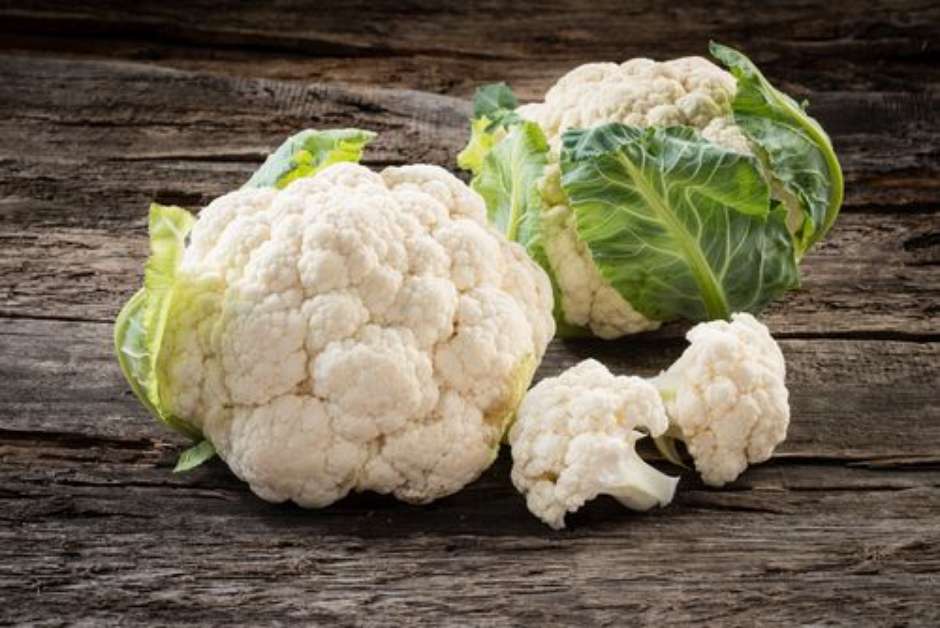
反栄養素を減らす工夫とは??
どうでしょう?カラダに良いと聞いてせっせと摂っていたものが実は逆効果だったなんて嫌になっちゃいますよね!でもご安心を。反栄養素の影響を減らす調理方法をバッチリご紹介します!
1.浸漬(適用:フィチン酸塩、レクチン、タンニン、シュウ酸)
反栄養素の大部分は植物の皮など表面と種に存在します。また、とても水に溶けやすい性質を持っています。豆類、穀物、種は、一晩水に浸すと反栄養素の影響を軽減できます[#]Fernandes AC, Nishida W and da Costa Proença RP. Influence of soaking on the nutritional quality of common beans (Phaseolus vulgaris L.) cooked with or without the soaking water: a review. International journal of food science & technology. 2010; 45(11): 2209-2218. 。穀物を12時間水に浸すとフィチン酸塩、レクチン、タンニン、シュウ酸カルシウムが[大幅に]減少することが明らかになっています。豆類は、6~18時間浸すことでフィチン酸塩を9%、レクチンを38~50%、タンニンを13~25%減少させます[#]Bishnoi S, Khetarpaul N and Yadav RK. Effect of domestic processing and cooking methods on phytic acid and polyphenol contents of pea cultivars (Pisum sativum). Plant Foods for Human Nutrition. 1994; 45(4): 381-388. [#]Onwuka GI. Soaking, boiling and antinutritional factors in pigeon peas (Cajanus cajan) and cowpeas (Vigna unguiculata). Journal of food processing and preservation. 2006; 30(5): 616-630. 。昔、家庭でお母さんが豆を一晩浸してからお料理していたのはこういう理由だったのですね!葉物野菜も浸すことによってシュウ酸を減少させることができます[#]Savage GP and Dubois M. The effect of soaking and cooking on the oxalate content of taro leaves. International journal of food sciences and nutrition. 2006; 57(5-6): 376-381. 。
2.発芽(適用:フィチン酸塩)
発芽させることも反栄養素を減らす手段の1つで、種子類や穀物、マメ科の栄養素の吸収率が増加します[#]Singh AK, Rehal J, Kaur A and Jyot G. Enhancement of attributes of cereals by germination and fermentation: a review. Critical Reviews in Food Science and Nutrition. 2015; 55(11): 1575-1589. 。37-81%のフィチン酸塩の減少がもたらされます研究結果も[#]Luo Y, Xie W and Luo F. Effect of several germination treatments on phosphatases activities and degradation of phytate in faba bean (Vicia faba L.) and azuki bean (Vigna angularis L.). Journal of food science. 2012; 77(10): C1023-C1029. [#]Centeno C, Viveros A, Brenes A, Canales R, Lozano A and de la Cuadra C. Effect of several germination conditions on total P, phytate P, phytase, and acid phosphatase activities and inositol phosphate esters in rye and barley. Journal of Agricultural and Food Chemistry. 2001; 49(7): 3208-3215. 。さらには少量ですがレクチンの減少も見られるようです[#]Bau HM, Villaume C, Nicolas JP and Méjean L. Effect of germination on chemical composition, biochemical constituents and antinutritional factors of soya bean (Glycine max) seeds. Journal of the Science of Food and Agriculture. 1997; 73(1): 1-9. 。玄米を発芽させたほうがよい、といわれるのはこれが主な理由です。
3.発酵(適用:フィチン酸塩、レクチン)
保存食に最適な発酵も効果的。フィチン酸で説明した大豆も、私たちは醤油や味噌、納豆などの発酵食品として摂ることが多いですよね?昔からの知恵がいかに理にかなっているか分かります。西洋の穀物を用いた発酵食品といえば…パンもそのひとつなのです!サワードゥ ブレッド(小麦やライ麦の粉でつくった生地に、乳酸菌と酵母など複数の微生物を培養させたパン)は、穀物内のフィチン酸塩やレクチンを減らし、栄養素の利用率を増加させる効果があることが明らかになっています[#]Singh, A. K., Rehal, J., Kaur, A., & Jyot, G. (2015). Enhancement of attributes of cereals by germination and fermentation: a review. Critical Reviews in Food Science and Nutrition, 55(11), 1575-1589. [#]Leenhardt F, Levrat-Verny MA, Chanliaud E and Rémésy C. Moderate decrease of pH by sourdough fermentation is sufficient to reduce phytate content of whole wheat flour through endogenous phytase activity. Journal of agricultural and food chemistry. 2005; 53(1): 98-102. 。
4.沸騰(適用:レクチン(グルテン以外)、タンニン)
80分沸騰させるとレクチンやタンニンの影響を相当量軽減させることができます[#]Shah WH. Tannin contents and protein digestibility of black grams (Vigna mungo) after soaking and cooking. Plant foods for human nutrition. 2001; 56(3): 265-273. [#]Liu K and Markakis P. Effect of maturity and processing on the trypsin inhibitor and oligosaccharides of soybeans. Journal of Food Science. 1987; 52(1): 222-223. 。沸騰したお湯でえんどう豆を茹でることでレクチンを79%、タンニンを69%を減らすことが分かっています[#]Heaney RP, Weaver CM and Recker RR. Calcium absorbability from spinach. The American journal of clinical nutrition. 1988; 47(4): 707-709. 。加えて、葉菜類に存在するシュウ酸も沸騰で19~87%減らすことができます[#]Chai W and Liebman M. Effect of different cooking methods on vegetable oxalate content. Journal of agricultural and food chemistry. 2005;53(8): 3027-3030. 。圧力鍋を使うとさらに多く減らすことができると言われています。一方、フィチン酸とレクチンの一種であるグルテンは熱に強いため、沸騰では軽減できないので要注意[#]Schlemmer U, Frølich W, Prieto RM and Grases F. Phytate in foods and significance for humans: food sources, intake, processing, bioavailability, protective role and analysis. Molecular nutrition & food research. 2009; 53(S2): S330-S375. 。
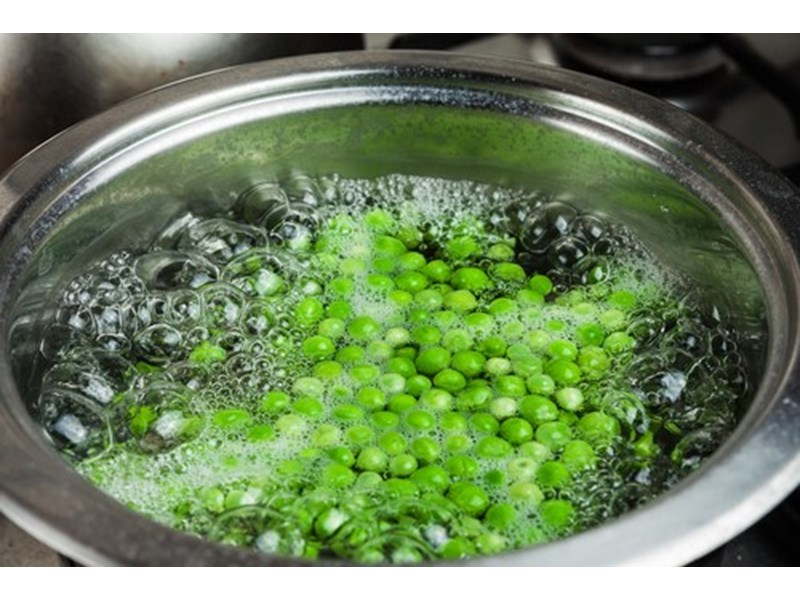
反栄養素をほぼゼロにする究極の対策は?
沸騰のように、全ての反栄養素を除去できないことがあります。そんな時は調理法のコンビネーションが効果的!反栄養素を相当量、時には完全に除去することができます。例えば、浸漬は一般的に発芽や発酵の前に行なわれます。浸漬、発芽、乳酸発酵のコンビネーションはキヌアのフィチン酸を98%減らします[#]Valencia Ulf, Svanberg AS and Jenny RS. Processing of quinoa (Chenopodium quinoa, Willd): effects on in vitro iron availability and phytate hydrolysis. International journal of food sciences and nutrition. 1999; 50(3): 203-211. 。コーン類の発芽と乳酸発酵のコンビネーションに至っては完全に除去することが明らかになっています[#]Svanberg U, Lorri W and Sandbeag AS. Lactic fermentation of non‐tannin and high‐tannin cereals: effects on in vitro estimation of iron availability and phytate hydrolysis. Journal of Food Science. 1993; 58(2): 408-412 。また、調理で浸漬と沸騰を行なうことで、エンドウ豆のレクチンとタンニンをほぼ全部除去 できるのです。調理法の合わせ技で反栄養素を徹底的に取り除き、大事な栄養素を最大限享受することができます。
食事と健康のテーマになると、体に良い食材はこれ、みたいなことばかりが強調されがち。でも、どんなに栄養豊富な食材にも反栄養素という負の側面があるといえます。いかにこれらの栄養を享受しながら反栄養素を除去するか、が健康を最大限サポートするのにとても重要なポイントなのです。この記事に出てくる反栄養素を多く含む食材について、自らの体調への悪影響に気づかれたかたも多いのでは?でもきちんと対策すればこれらの多くの食材は食べることが
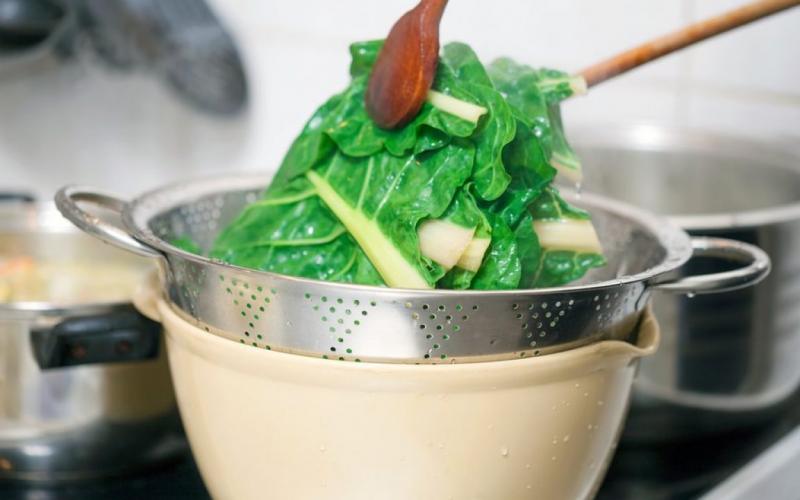





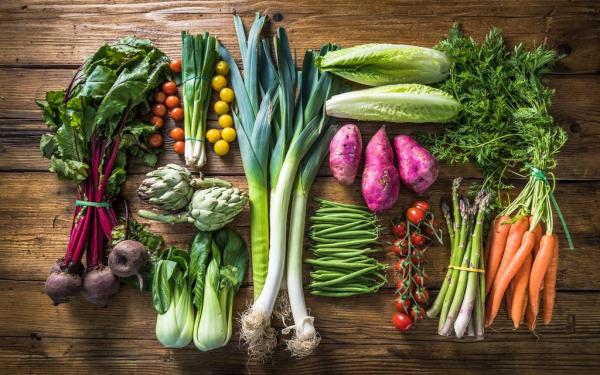
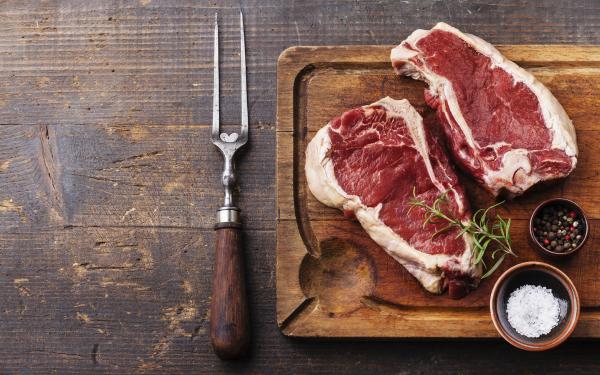



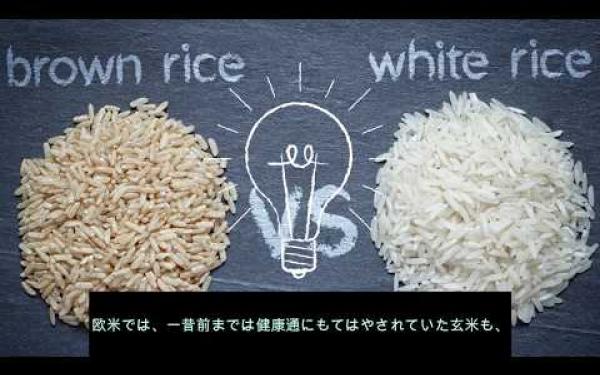
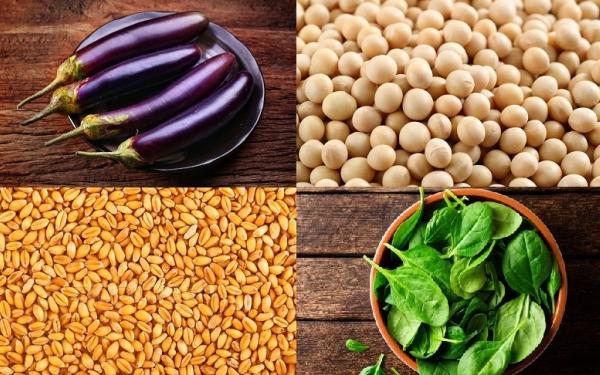
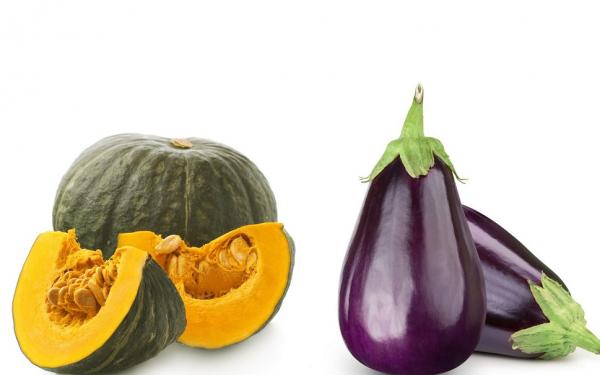
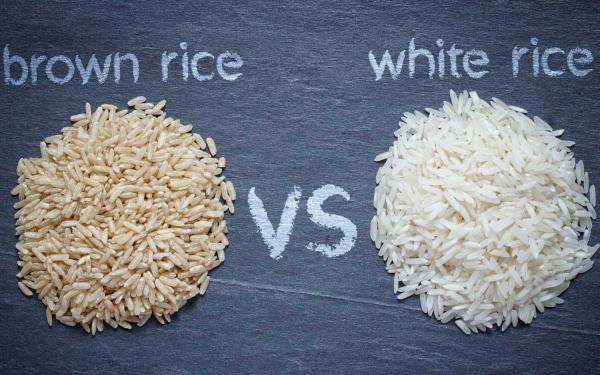
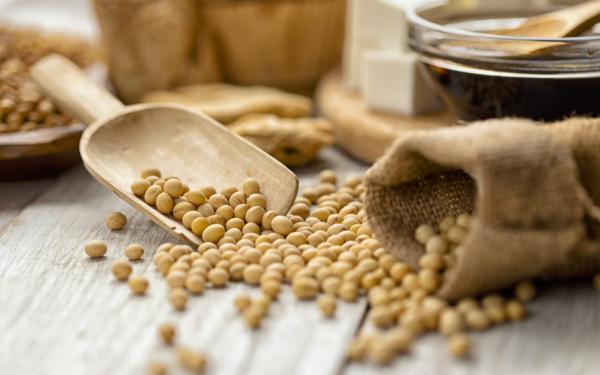

 中級
中級 
 初級
初級 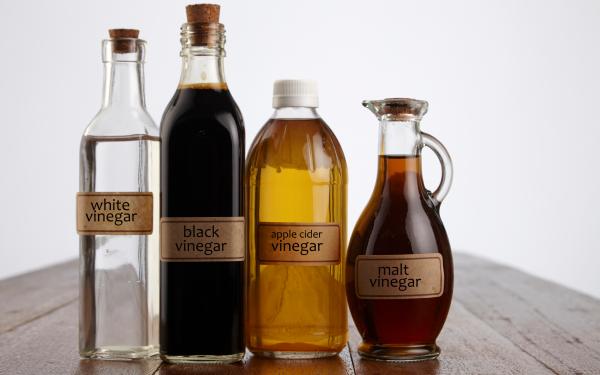



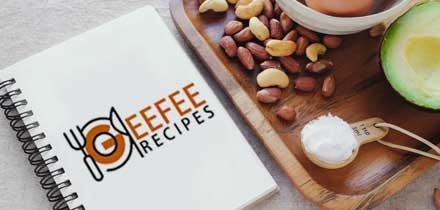


コメント
コメントを追加